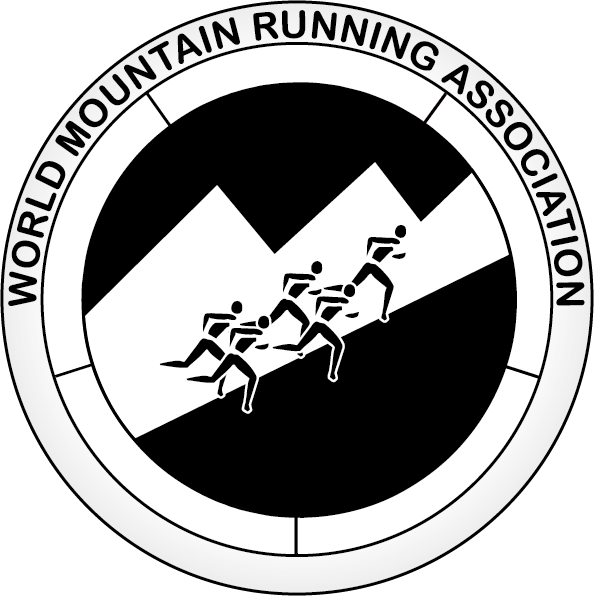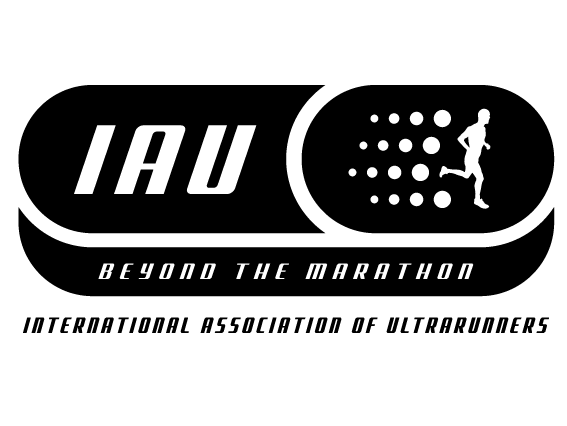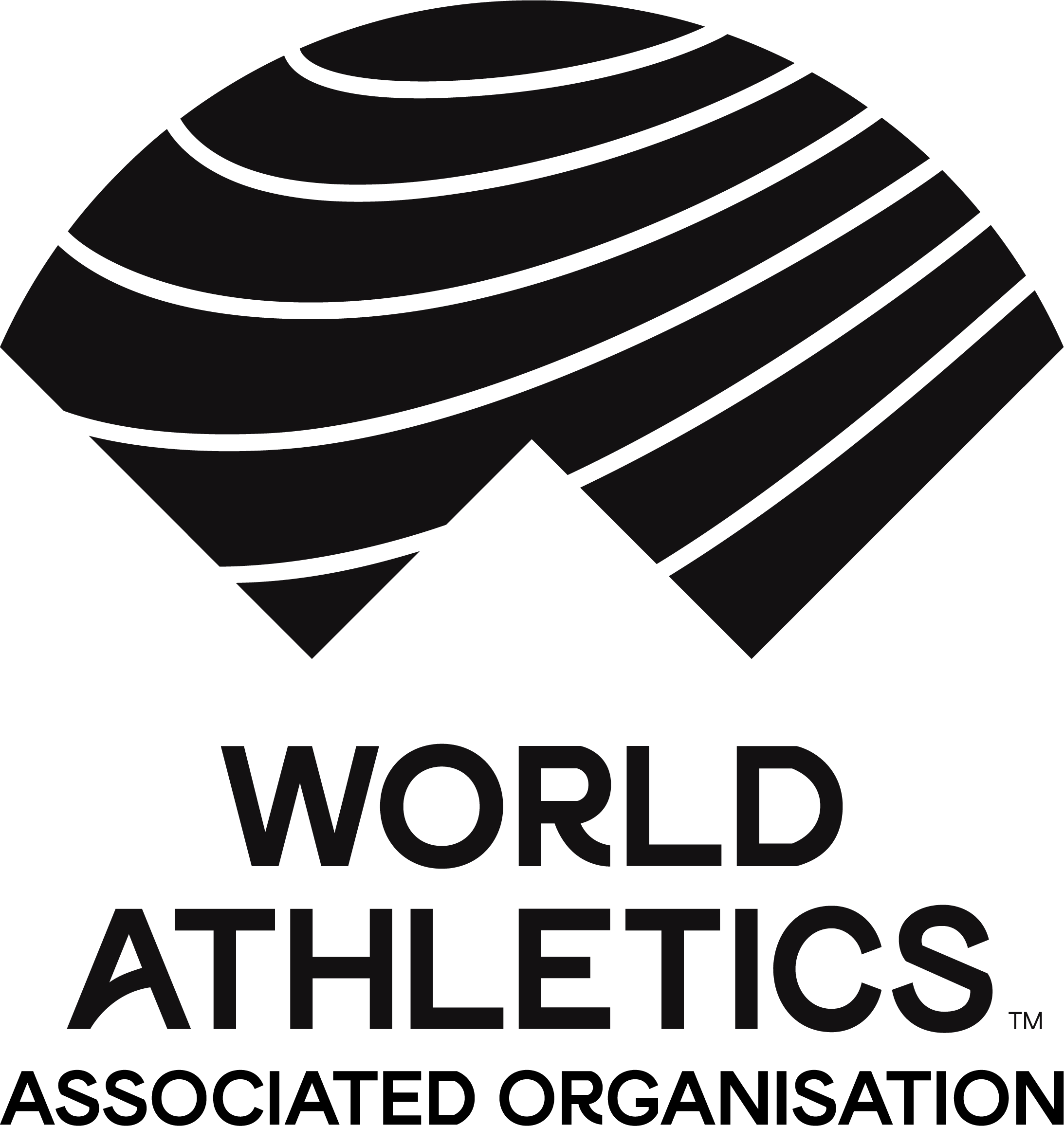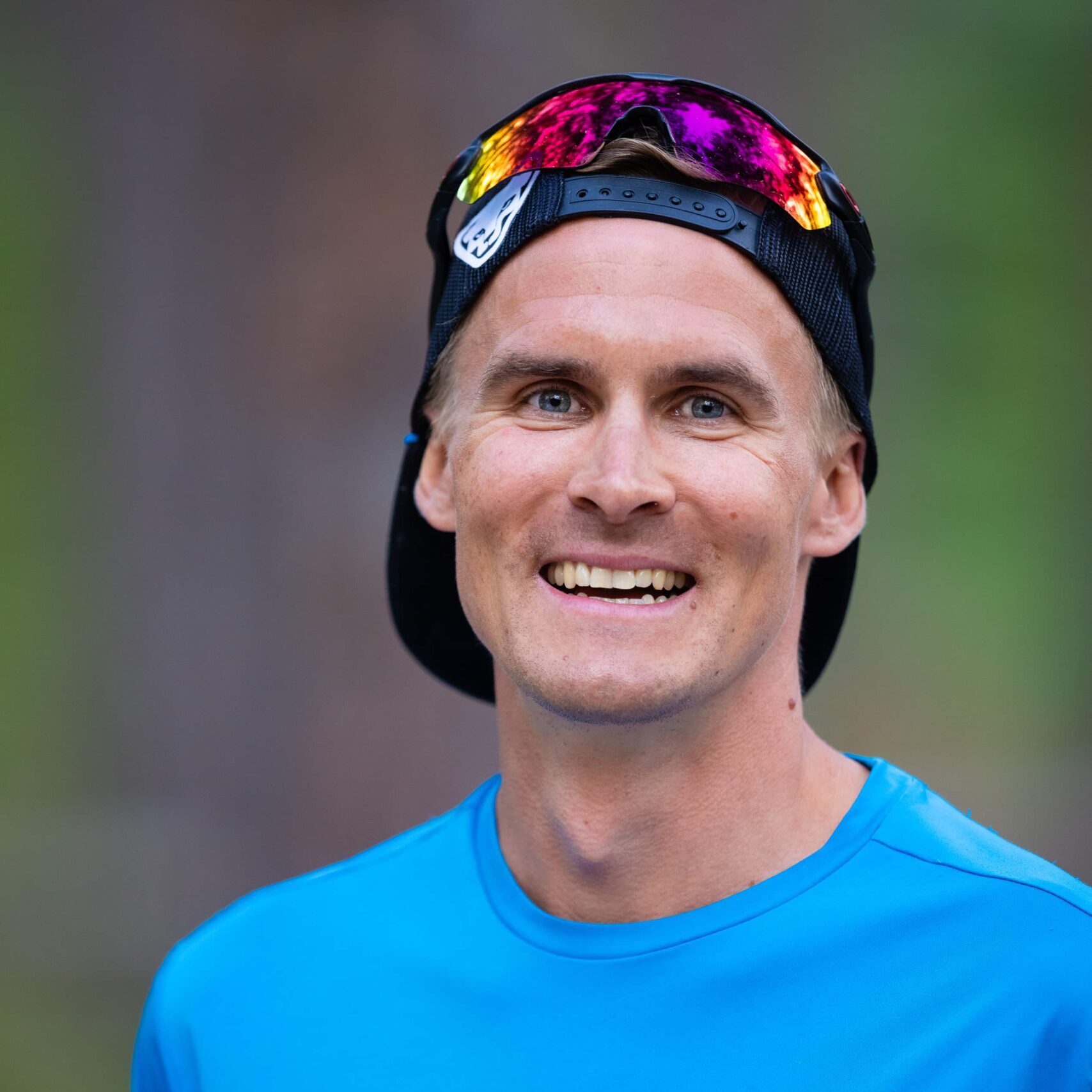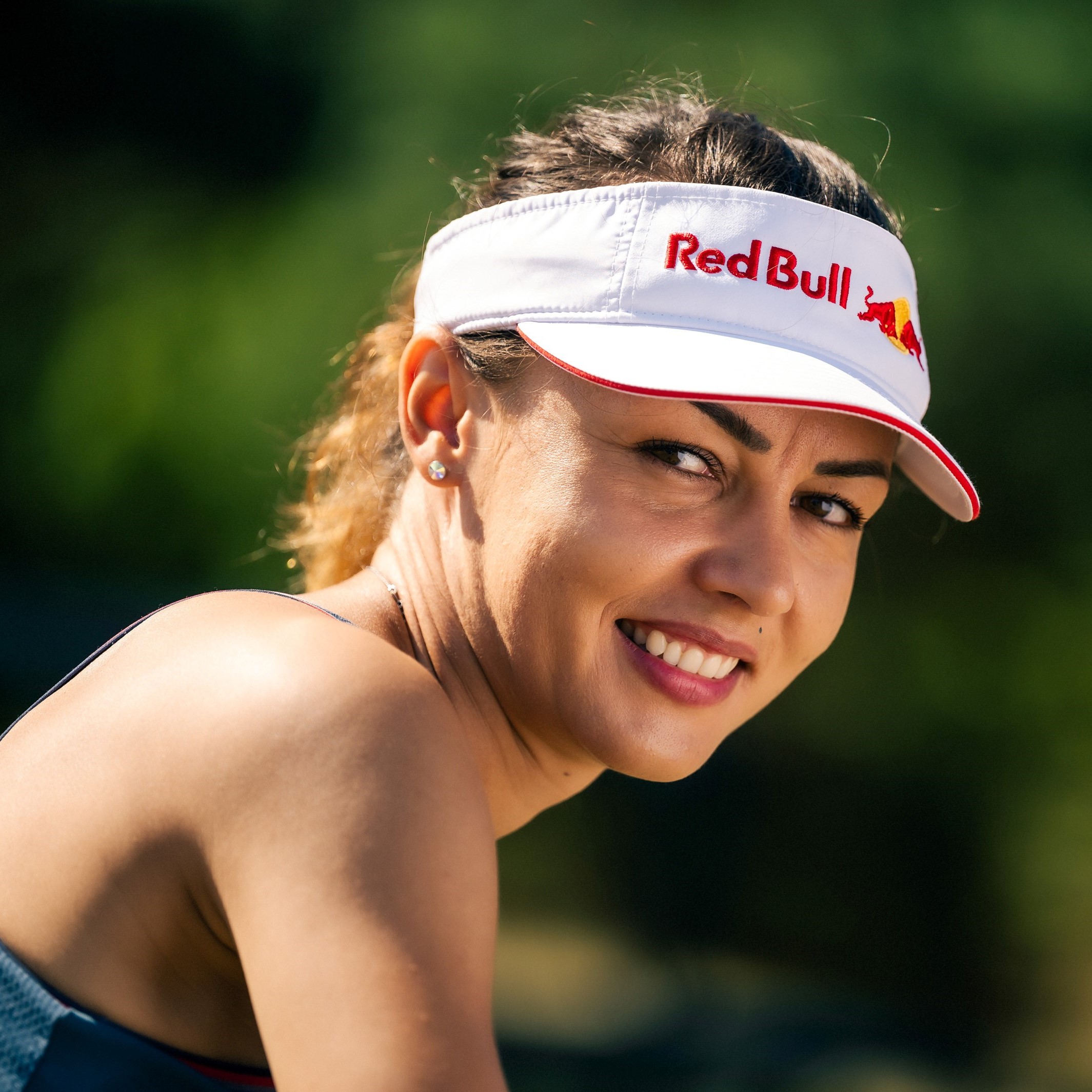WHAT ARE THE WMTRC?
The World Mountain and Trail Running Championships, WMTRC in short, are title races organized jointly by the International Association of Ultrarunners, the International Trail Running Association and the World Mountain Running Association. They are coordinated by the international World Athletics association.
The history of the WMTRC is a very young one, and Innsbruck-Stubai will only be the second edition after its premiere in the Thai city of Chiang Mai in November 2022. The history of the individual contests, however, is a different - and much longer - one.
Mountain running world champions have been crowned since 1985, with Telfes and Innsbruck having hosted several of the contests in 1990, 1996, and 2002 respectively. Trail running world championships have been staged since 2004, with the Kaisermarathon in Söll 2009 having been part of the world championship circus. The world’s best ultratrail athletes have been crowned since 2007.
The WMTRC combines the different disciplines in a single, high-class mountain- and trail running event to offer athletic action of the highest level.
Inside Trailrunning
Trail running is a discipline that is booming the world over, attracting more and more followers. Currently, the rates of growth regarding new active trail runners are at more than 10 percent per year. As the name suggests, trail running describes running on unsurfaced trails as opposed to roads.
The sport’s popularity can be traced to several sources. On the one hand, running can be practiced anywhere, without the exact kilometers or pace playing a major role, with nature taking center stage instead of stadiums or exactly measured marathon routes. On the other hand, trail running can quench people’s thirst for nature and the desire to get back to the roots while finding themselves.
Running in open areas brings different challenges to running in a protected environment, which is why the athletes are often equipped with a running backpack filled with the most important equipment: Water or Iso, energy bars or gels, a change of clothes or rain jacket.
Trail running does not automatically imply it is done in the mountains or in high altitude; trails can also cover even or slightly hilly ground. Any routes off tarred roads can be categorized as trail running terrain.
Inside Mountain Running
It is irrelevant whether it was Malcom III Canmore, King of Scotland, or another potentate who, as early as the 11th century, staged the first documented mountain run in order to find the most enduring and fastest messengers in his realm. What is relevant, however, is the fact that man has always been running, be it to hunt, to escape or to bring news, for instance from Marathon to Athens.
Historically speaking, mountain running has a bigger and longer tradition than trail running, bearing in mind that the lines between the two disciplines can blur. As opposed to trail running, which doesn’t require major differences in altitude, mountain running always covers significant differences in elevation, with the final destination generally being a mountain peak or another distinctive feature.
Over the decades there were numerous discussions on whether only Verticals - meaning uphill runs - should be considered a mountain run (with the Swiss and Austrians being in favor of such an interpretation), or whether mountain running should include up- and downhills, as is the case these days, under the umbrella term “Mountain Classic” (and favored by the Brits and Italians). This is the reason why the two different formats were alternately being held during world championships. Only since the inception of the WMTRC, both formats are staged at the same event.
Inside Trailrunning
Trail running is a discipline that is booming the world over, attracting more and more followers. Currently, the rates of growth regarding new active trail runners are at more than 10 percent per year. As the name suggests, trail running describes running on unsurfaced trails as opposed to roads.
The sport’s popularity can be traced to several sources. On the one hand, running can be practiced anywhere, without the exact kilometers or pace playing a major role, with nature taking center stage instead of stadiums or exactly measured marathon routes. On the other hand, trail running can quench people’s thirst for nature and the desire to get back to the roots while finding themselves.
Running in open areas brings different challenges to running in a protected environment, which is why the athletes are often equipped with a running backpack filled with the most important equipment: Water or Iso, energy bars or gels, a change of clothes or rain jacket.
Trail running does not automatically imply it is done in the mountains or in high altitude; trails can also cover even or slightly hilly ground. Any routes off tarred roads can be categorized as trail running terrain.
Inside Mountain Running
It is irrelevant whether it was Malcom III Canmore, King of Scotland, or another potentate who, as early as the 11th century, staged the first documented mountain run in order to find the most enduring and fastest messengers in his realm. What is relevant, however, is the fact that man has always been running, be it to hunt, to escape or to bring news, for instance from Marathon to Athens.
Historically speaking, mountain running has a bigger and longer tradition than trail running, bearing in mind that the lines between the two disciplines can blur. As opposed to trail running, which doesn’t require major differences in altitude, mountain running always covers significant differences in elevation, with the final destination generally being a mountain peak or another distinctive feature.
Over the decades there were numerous discussions on whether only Verticals - meaning uphill runs - should be considered a mountain run (with the Swiss and Austrians being in favor of such an interpretation), or whether mountain running should include up- and downhills, as is the case these days, under the umbrella term “Mountain Classic” (and favored by the Brits and Italians). This is the reason why the two different formats were alternately being held during world championships. Only since the inception of the WMTRC, both formats are staged at the same event.
TYROL
Visitors to Tyrol experience Tirol a region pervaded by the Alps, where it is easy to forget about the daily routine they left behind. The mountainous landscape is unique: It comprises more than 500 peaks with an altitude surpassing 3,000 m, more than 600 glaciers along the Alpine divide, and a vast number of alpine pastures, from very isolated to relatively easy to reach, and offering high-quality culinary delights.
INNSBRUCK
Cycling WC, Climbing WC, Winter World Master Games or Innsbruck Alpine Trailrun Festival – Innsbruck has certainly earned its title as “Sportive Capital of the Alps” and demonstrates a high level of competency in hosting major sports events. The region around Innsbruck offers everything a trailrunner could wish for; there is an endless variety of trails with awe-inspiring views of the city, and leading into high-alpine terrain. Here, the freedom afforded by nature goes hand in hand with a special urban flair.
STUBAI
Stubai presents itself nestled between glacial ice and gentle alpine pastures. The valley is renowned for its impressive “Seven Summits” – those pervading peaks that are sure to leave a lasting impression – as well as its wild waters that are making their way down waterfalls and through canyons. The highest level of competence in all things alpine is proven again and again, not least during the Stubai Ultratrail with its motto of “city2glacier”. The name says it all: The race leads from the Olympic city of Innsbruck to the peak of the Stubai Glacier at an altitude of 3,150 m above sea level.
Verbände
World Mountain Running Association (WMRA)
The the World Mountain Running Association (WMRA) are the global governing body for mountain running and have the goal of promoting mountain running for all ages and abilities. The first World Mountain Running Trophy was held in 1985, before being renamed the World Mountain Running Championships in 2009. WMRA also helps to organise Masters, Under 18 and regional championships, as well as the Valsir Mountain Running World Cup.
International Trail Running Association (ITRA)
The the International Trail Running Association (ITRA) aims to give a voice to all parties involved in trail running to promote its strong values, its diversity and inclusivity, the safety of races, and the health of runners, as well as to develop trail running and ensure a constructive dialogue between the national and international bodies with an interest in the sport. ITRA ranks over 2.3 million runners and represents a trail running community of over 210,000 member accounts.
International Association of Ultrarunners (IAU)
The International Association of Ultrarunners (IAU) is operating under the patronage of World Athletics and is dedicated to developing ultradistance running internationally within the World Athletics Rules & Regulations. As international governing body for ultradistance running, one of the main objectives is to promote and develop long distance running worldwide by encouraging specific activities in each of the World Athletics Continental Areas.
World Athletics (WA)
World Athletics (WA) is the international governing body for track & field and distance running. Our vision is to use the power and accessibility of athletics to create a healthier and fitter world. We work with national federations and competition organisers to develop the sport and stage competitions around the globe to excite and engage fans.
World Mountain Running Association (WMRA)
The the World Mountain Running Association (WMRA) are the global governing body for mountain running and have the goal of promoting mountain running for all ages and abilities. The first World Mountain Running Trophy was held in 1985, before being renamed the World Mountain Running Championships in 2009. WMRA also helps to organise Masters, Under 18 and regional championships, as well as the Valsir Mountain Running World Cup.
International Trail Running Association (ITRA)
The the International Trail Running Association (ITRA) aims to give a voice to all parties involved in trail running to promote its strong values, its diversity and inclusivity, the safety of races, and the health of runners, as well as to develop trail running and ensure a constructive dialogue between the national and international bodies with an interest in the sport. ITRA ranks over 2.3 million runners and represents a trail running community of over 210,000 member accounts.
International Association of Ultrarunners (IAU)
The International Association of Ultrarunners (IAU) is operating under the patronage of World Athletics and is dedicated to developing ultradistance running internationally within the World Athletics Rules & Regulations. As international governing body for ultradistance running, one of the main objectives is to promote and develop long distance running worldwide by encouraging specific activities in each of the World Athletics Continental Areas.
World Athletics (WA)
World Athletics (WA) is the international governing body for track & field and distance running. Our vision is to use the power and accessibility of athletics to create a healthier and fitter world. We work with national federations and competition organisers to develop the sport and stage competitions around the globe to excite and engage fans.
AMBASSADORS
AMBASSADORS
Florian Grasel
Ida-Sophie Hegemann
Hannes Namberger
Sustainability
The WC concept includes a comprehensive, integrated sustainability concept based on several pillars. While trail running is a sustainable discipline per se, there will be a focus on further aspects:
Environmental
- Recyclable banners with a total area of 2,170 m².
- Use of existing trails (renovation and making safe) and no new permanent construction.
- Zero waste commitment: Die Wettkampfstrecken werden in jenem Zustand hinterlassen, in dem sie vor den Rennen waren.
- Course signs along the trails will be recycled.
- Visitors will be encouraged to travel (at a reduced price) with the Austrian Federal Railways to Tyrol, where they can take buses (hop-on hop-off) to the points of interest.
- Use of waste minimization precautions, waste separation and recycling systems.
Economic
- Regional cooperation with Tyrolean companies.
- Already resource-saving with a photovoltaic system on the OC office roof, heat pump and sheep's wool wall panels.
- Professional budget/cost management and high overall economic value added.
Social
- Involvement of local clubs and association.
- Free Entry.
- Accessibility is implemented in the best possible way.
- The WMTRC are installing a communication project called "Leave no Trace", signed by athletes and spectators ("I shall only leave my own footprint").
Legacy
- Hiking paths and trails are renovated and handed over for further use.
- Education and training of involved individuals (LOC, staff, volunteers) for their further career.
- A successful event that calls for repetition.
Environmental
- Recyclable banners with a total area of 2,170 m².
- Use of existing trails (renovation and making safe) and no new permanent construction.
- Zero waste commitment: Die Wettkampfstrecken werden in jenem Zustand hinterlassen, in dem sie vor den Rennen waren.
- Course signs along the trails will be recycled.
- Visitors will be encouraged to travel (at a reduced price) with the Austrian Federal Railways to Tyrol, where they can take buses (hop-on hop-off) to the points of interest.
- Use of waste minimization precautions, waste separation and recycling systems.
Economic
- Regional cooperation with Tyrolean companies.
- Already resource-saving with a photovoltaic system on the OC office roof, heat pump and sheep's wool wall panels.
- Professional budget/cost management and high overall economic value added.
Social
- Involvement of local clubs and association.
- Free Entry.
- Accessibility is implemented in the best possible way.
- The WMTRC are installing a communication project called "Leave no Trace", signed by athletes and spectators ("I shall only leave my own footprint").
Legacy
- Hiking paths and trails are renovated and handed over for further use.
- Education and training of involved individuals (LOC, staff, volunteers) for their further career.
- A successful event that calls for repetition.
Survey
To make our efforts measurable, we are working on several sustainability studies. Please support us in this and take part in this spectator survey:
Cheering Bus
Accessibility is facilitated by means of a comprehensive transportation concept. Shuttle buses will do the rounds of predetermined routes and call on selected points along the routes on a regular basis. This allows spectators to get from one point to the next flexibly and without having to drive themselves. In addition to the practical factor this entails certain ecological benefits. Combined with the planned utilization of the existing cableway structure, this will grant ideal accessibility to the majority of routes for all spectators.
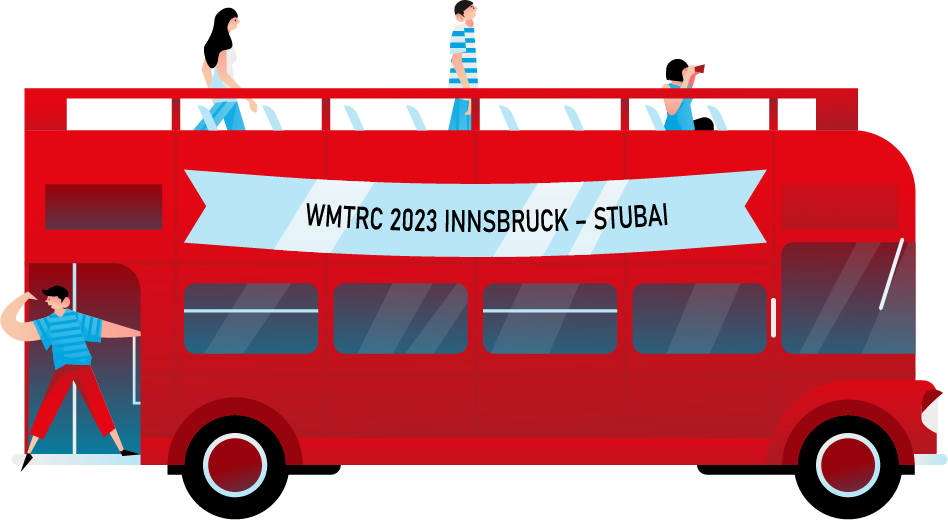
Do you still have questions?
You haven’t found the information you were looking for on our pages? We are here to help. Click through the FAQ list and find all the answers as well as support.

